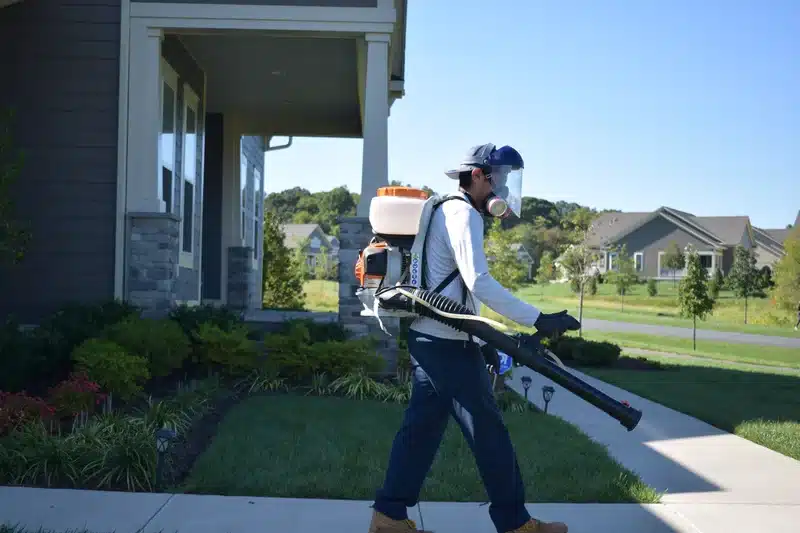Buying a home is one of the biggest investments you’ll ever make. That’s why a termite inspection for home purchase is absolutely critical. Termites cause over $5 billion in property damage annually across the United States, and many infestations go undetected for years before homeowners notice any obvious signs.
Case Study: When a Small Bulge Revealed Major Damage
Early in my career, I joined one of our teams for a house inspection in Alexandria. What seemed like a minor cosmetic issue turned into a perfect example of why professional termite inspections are so critical for home purchases.
- Initial sign: A barely visible bulge in the window sill of an addition
- What we found: Termites had eaten right up to the paint layer
- Further investigation: Years of termite activity with mud tunnels running up interior walls
- Extent of damage: Significant hidden structural damage not visible from the living space
- Homeowner reaction: Complete shock - they had no idea anything was wrong
This experience taught me why understanding inspection limitations and getting professional evaluations are so important when buying a home - sometimes the smallest visible signs indicate the biggest hidden problems.
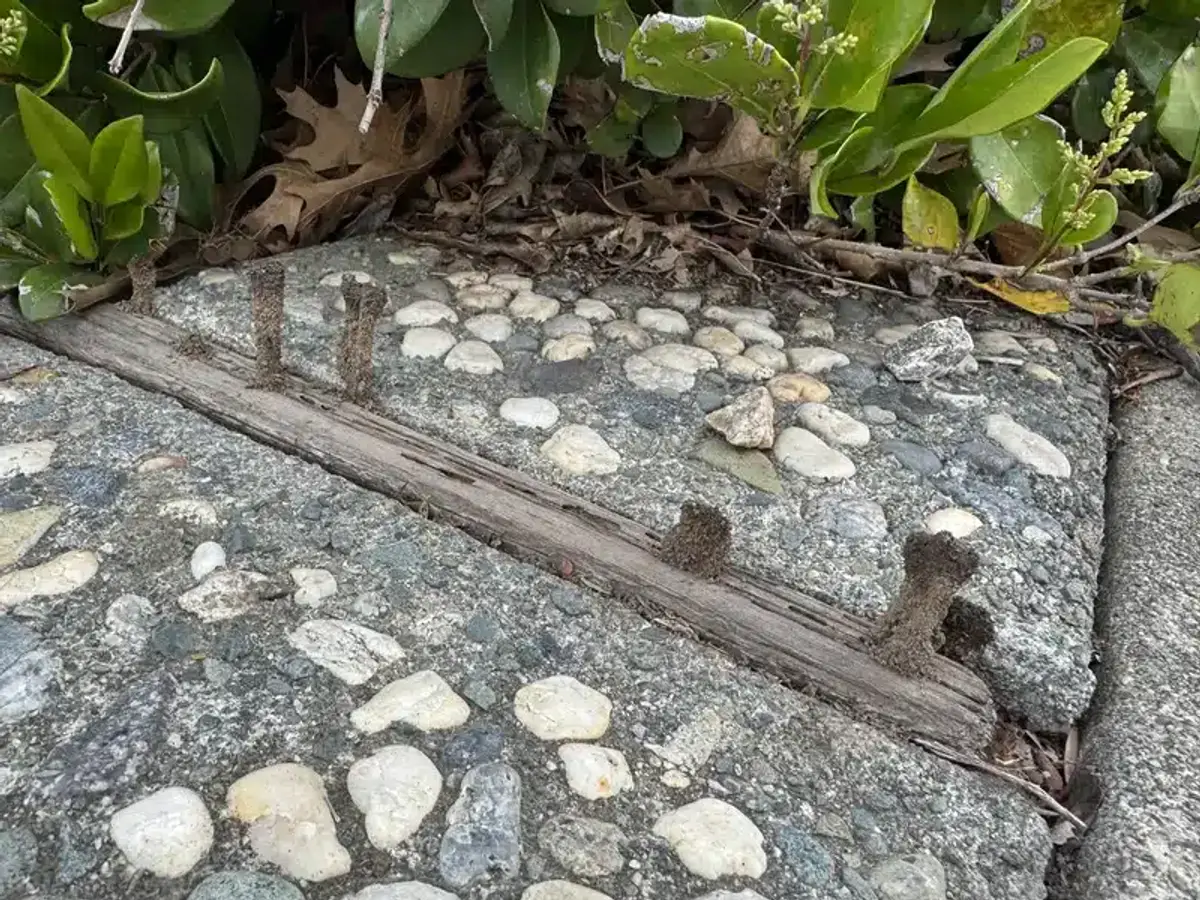
When Homeowners Need a Termite Inspection for Home Purchase
Whether you need a termite inspection depends on several factors, including your loan type and location. The Mid-Atlantic region, including Virginia, Maryland, and Washington D.C., sits in what’s called the “moderate-to-heavy” termite probability zone.
VA Loan Requirements
If you’re using a VA loan, termite inspections are mandatory in every county listed as “moderate-to-heavy” on the VA’s Local Requirements map. Additionally, the VA appraiser can trigger an inspection requirement if they notice evidence of wood-destroying insects during their visit.
Starting July 2025, new VA rules expanded the list of counties requiring inspections and standardized the use of the NPMA-33 form. The inspection report remains valid for 90 days.
FHA Loan Triggers
FHA loans require termite inspections when state or local law mandates it, when it’s customary to the area, when the appraiser sees evidence of infestation, or when the lender wants additional assurance. Reports must use the NPMA-33 form unless a state-specific form is required, like Maryland’s MD-1.
Conventional Loan Considerations
Conventional loans through Fannie Mae or Freddie Mac don’t have blanket requirements. However, lenders may require inspections when property condition ratings are poor or when property data reports flag pest issues.
Loan Type Termite Inspection Requirements
| Loan Type | Requirement | Report Validity | Required Form |
|---|---|---|---|
| VA Loans | Mandatory in moderate-to-heavy zones | 90 days | NPMA-33 |
| FHA Loans | When required by law or custom | 30-60 days | NPMA-33 or MD-1 |
| Conventional | Lender discretion | Varies by lender | NPMA-33 or MD-1 |
What Inspectors Look for During Termite Inspections
A professional termite inspection covers much more than just looking for live bugs. Inspectors examine all accessible areas of your potential new home, including attached garages, sheds, and any structures within the property lines.
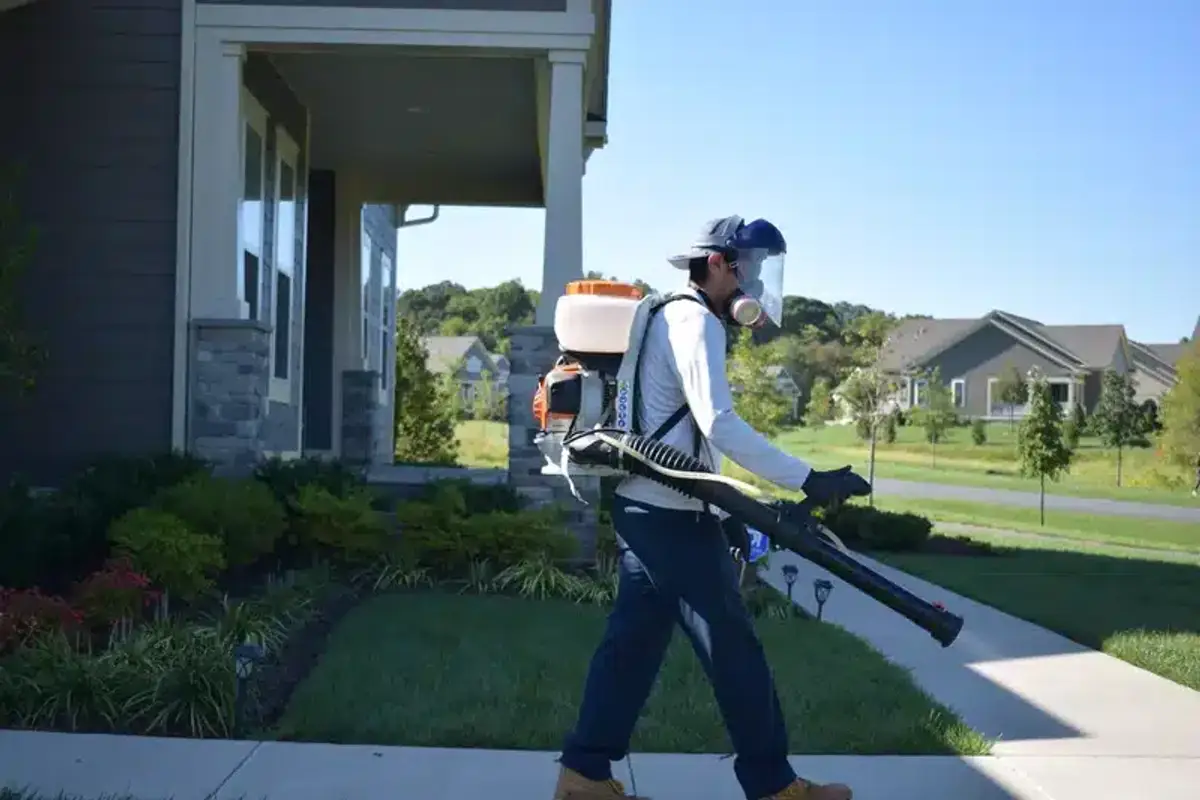
Visible Evidence of Termite Activity
Inspectors search for several key indicators:
- Mud tubes along foundations and walls
- Exit holes in wood surfaces
- Discarded termite wings near windows or doors
- Hollow-sounding wood when tapped
- Previous treatment plugs or evidence of past infestations
Conducive Conditions
Beyond active infestations, inspectors identify conditions that attract termites. These include mulch within two feet of the foundation, standing water, plumbing leaks, and wooden form boards left in place during construction.
I’ve personally helped more than 100 customers with situations ranging from proactive inspections to severe infestations. The key is catching issues early through detailed inspection, especially during home purchase when you can still negotiate repairs.
Understanding Inspection Report Components
A proper termite inspection report includes several critical sections that help you understand exactly what was found and what needs attention.
Administrative Information
The report starts with basic details: property address, client information, inspector license number, and inspection date. Reports typically remain valid for 30 to 90 days, with VA loans accepting the longer timeframe.
Findings Section
This is where you’ll find the meat of the inspection results. The inspector documents any active infestations, previous damage, evidence of past treatments, and conducive conditions that could lead to future problems.
Visual Documentation
Quality reports include annotated floor plans showing where evidence was found or areas that couldn’t be inspected. This visual component helps you understand the scope and location of any issues.

Red Flags in Termite Inspection Reports
Some findings should raise immediate concerns and warrant further investigation or negotiation with the seller.
Active Infestations
Finding live termites or fresh termite damage means the problem is ongoing and requires immediate treatment. This isn’t something you want to inherit as a new homeowner.
Inaccessible Areas
When inspectors can’t access crawl spaces, attics, or other key areas, it creates uncertainty. Lenders may require additional investigation before approving your loan.
Repeated Past Treatments
Multiple treatment records without accompanying repair documentation could indicate ongoing problems or ineffective previous treatments.
High Moisture Readings
Moisture levels above 20% in subfloor timbers create ideal conditions for termite activity and may indicate broader moisture problems.
Red Flag Response Strategy
- Document Everything: Request detailed photos and specific location notes for all findings.
- Get Multiple Quotes: If treatment is needed, obtain estimates from 2-3 licensed pest control companies.
- Negotiate Smartly: Use findings to negotiate seller-paid treatment, price reductions, or extended warranties.
- Plan for Follow-up: Schedule re-inspection appointments early to meet lender deadlines.
Termite Inspection Costs for Home Buyers
Understanding the financial aspects of termite inspection for home purchase helps you budget appropriately and negotiate effectively.
Initial Inspection Costs
In the Virginia, Maryland, and D.C. area, buyers typically pay for the initial inspection unless VA loan restrictions apply. Inspection costs usually range from $100 to $300, depending on property size and complexity.
Treatment and Repair Responsibilities
When problems are found, sellers usually handle treatment costs and structural repairs. This is especially true with VA loans, where bringing the home to “clear” status before closing is non-negotiable.
Re-inspection Requirements
If treatment occurs, most lenders require a follow-up inspection showing the problem has been resolved. VA loans specifically require the same inspector to conduct the re-inspection using the proper forms.
Negotiating Repairs and Treatment
Finding termite issues doesn’t have to kill your home purchase. Understanding your options helps you negotiate effectively with sellers.
Treatment and Repair Requests
You can ask sellers to handle all treatment and structural repairs before closing. This approach gives you peace of mind but may extend your timeline.
Financial Alternatives
Instead of requiring actual work, you might negotiate a price reduction or closing credit to handle issues yourself. This gives you more control over the treatment process and contractor selection.
Termite Bond Transfers
Some properties have existing termite bonds that can transfer to new owners. These renewable warranties can provide ongoing protection and should be factored into negotiations.
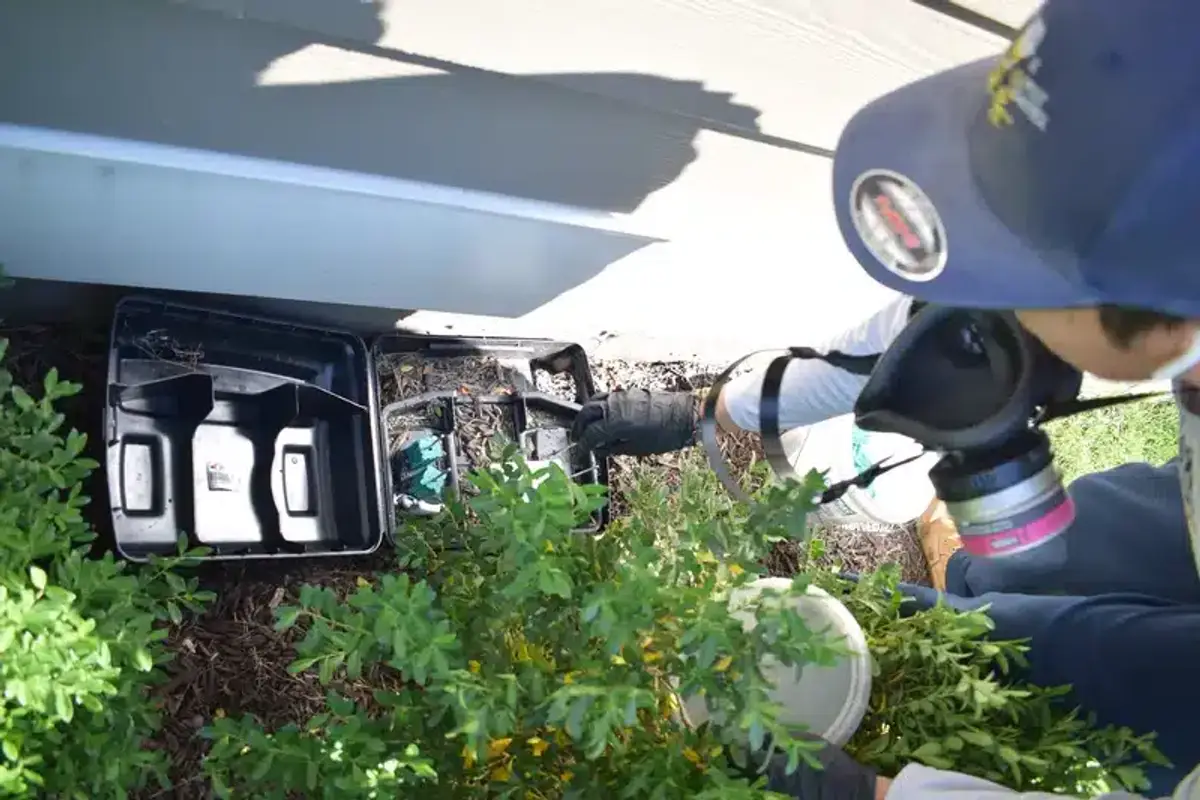
Timing Your Termite Inspection
Proper timing ensures your termite inspection for home purchase fits smoothly into your overall buying process.
Coordination with Other Inspections
Order your termite inspection simultaneously with your general home inspection. This parallel approach helps preserve your contingency timeline and provides a complete picture of the property’s condition.
Lender Requirements
Confirm inspection requirements with your lender early in the application process. Some requirements only become apparent after the appraiser visits, so build buffer time into your contract dates.
Closing Preparation
Submit clear inspection reports to underwriting at least 48 hours before final loan approval. This prevents last-minute delays that could jeopardize your closing date.
Choosing Qualified Termite Inspectors
Not all inspectors offer the same level of expertise. Selecting the right professional protects your investment and ensures accurate results.
Licensing Requirements
Verify your inspector holds current licensing. Virginia requires Category 8 licensing, Maryland requires state certification through the Department of Agriculture, and D.C. requires pesticide applicator licensing.
Professional Standards
Look for inspectors with professional memberships, like the National Pest Management Association, and familiarity with proper reporting forms. Ensure they carry errors and omissions insurance and maintain independence from real estate parties.
Experience Matters
Choose inspectors with extensive local experience. Over my years in this business, I’ve seen how local knowledge of construction methods, soil conditions, and common problem areas makes a significant difference in inspection quality.
Limitations of Visual Inspections
Understanding what standard termite inspections can and cannot detect helps set realistic expectations for your home purchase process.
Accessibility Constraints
Standard inspections only cover accessible areas. Concealed infestations behind walls, under insulation, or in other hidden spaces can be missed during routine visual inspections.
When Additional Testing Helps
Supplemental tools become valuable when red flags appear. Moisture meters, borescopes, infrared thermography, and even canine detection can reveal hidden problems that visual inspection might miss.
That Alexandria house I mentioned earlier perfectly illustrates this limitation. The tiny window sill bulge was the only visible sign, but extensive hidden damage existed throughout the addition’s interior walls.
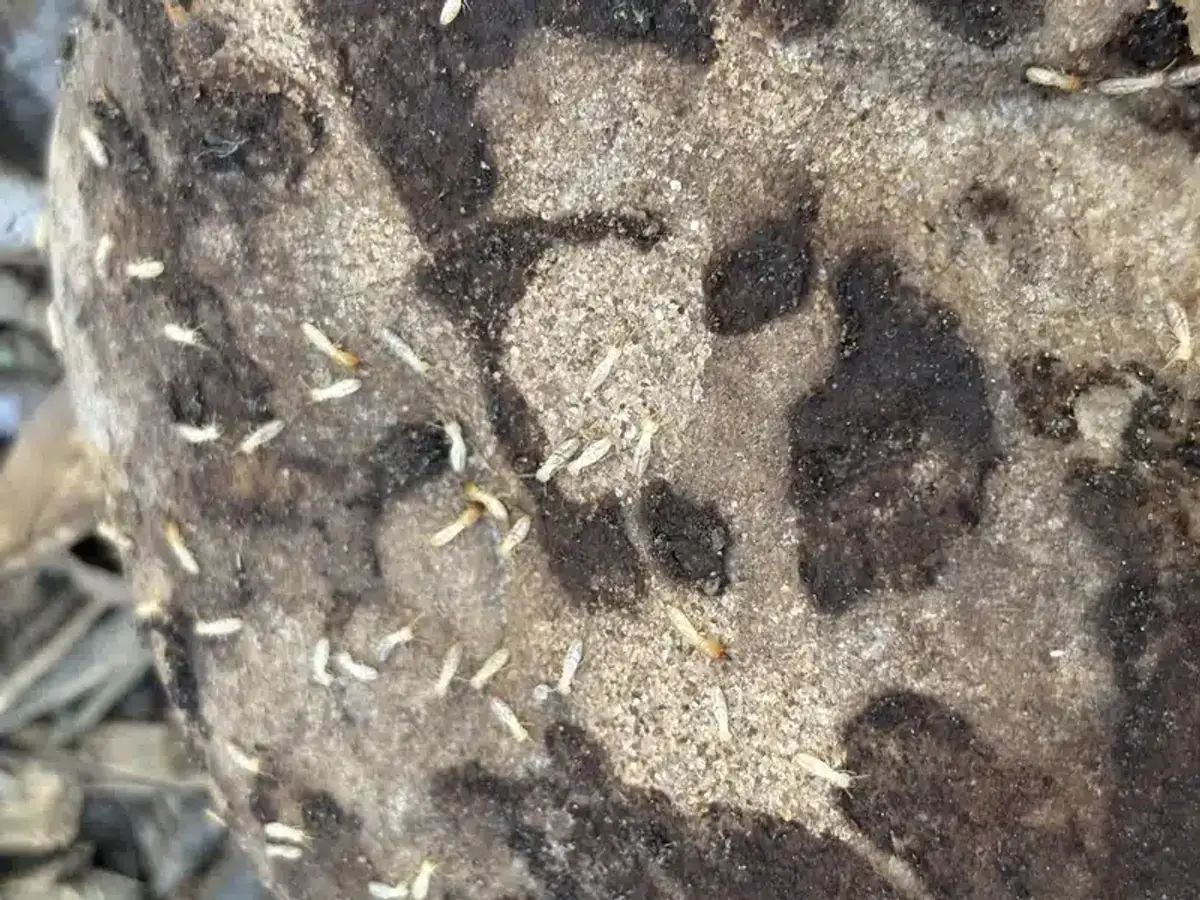
Importance for New Construction
Don’t assume new homes are immune to termite problems. New construction can be at risk within three to five years if soil pretreatments are missed or landscaping creates new pathways.
What does the science say?
According to research from the University of Florida Institute of Food and Agricultural Sciences, even brand-new construction can become susceptible to termite infestations within 3-5 years. The study found that gaps in soil pretreatment, improper installation of termite barriers, and post-construction landscaping changes can create new pathways for termite access. This research emphasizes why termite inspections are valuable even for newly constructed homes during the purchase process.
Pretreatment Verification
Verify that proper pretreatment occurred during construction. Ask builders for documentation of soil or wood treatments applied during the building process.
Landscaping Considerations
New landscaping around recently built homes can create unexpected termite pathways. Inspections help identify these potential problems before they become actual infestations.
Contingency Clauses and Contract Protection
Proper contract language protects your interests if termite issues arise during the inspection process.
Essential Clause Elements
Include specific details about who orders and pays for inspection, report deadlines, and cure periods for any required treatment. Set cost limits for sellers and maintain your right to void the contract if problems exceed acceptable levels.
Documentation Requirements
Require submission of official forms (NPMA-33 or MD-1) plus paid invoice evidence for any completed work. This documentation becomes important for future reference and warranty purposes.
Protecting Your Investment After Purchase
Your termite protection doesn’t end at closing. Ongoing vigilance helps preserve your investment for years to come.
Annual Inspection Schedule
Maintain yearly inspections even if pretreatment was applied or you have an existing bond. Early detection saves thousands in repair costs and prevents minor issues from becoming major problems.
Preventive Maintenance
Keep foundation perimeters clear with a six-inch inspection gap. Redirect water away from the foundation and avoid wood mulch contact with your home’s exterior.
Remember, termite prevention is much easier and less expensive than dealing with an established infestation.
State-Specific Requirements
Local regulations vary significantly across the region, affecting everything from required forms to inspector licensing.
Virginia and D.C. Standards
Both jurisdictions use the national NPMA-33 form for real estate transactions. Inspectors must hold appropriate state licensing and follow standardized reporting procedures.
Maryland’s Unique Requirements
Maryland requires its own MD-1 form for real estate transactions. Inspectors must receive certification through the Maryland Department of Agriculture, and reports require specific signatures from buyers and sellers or their agents.
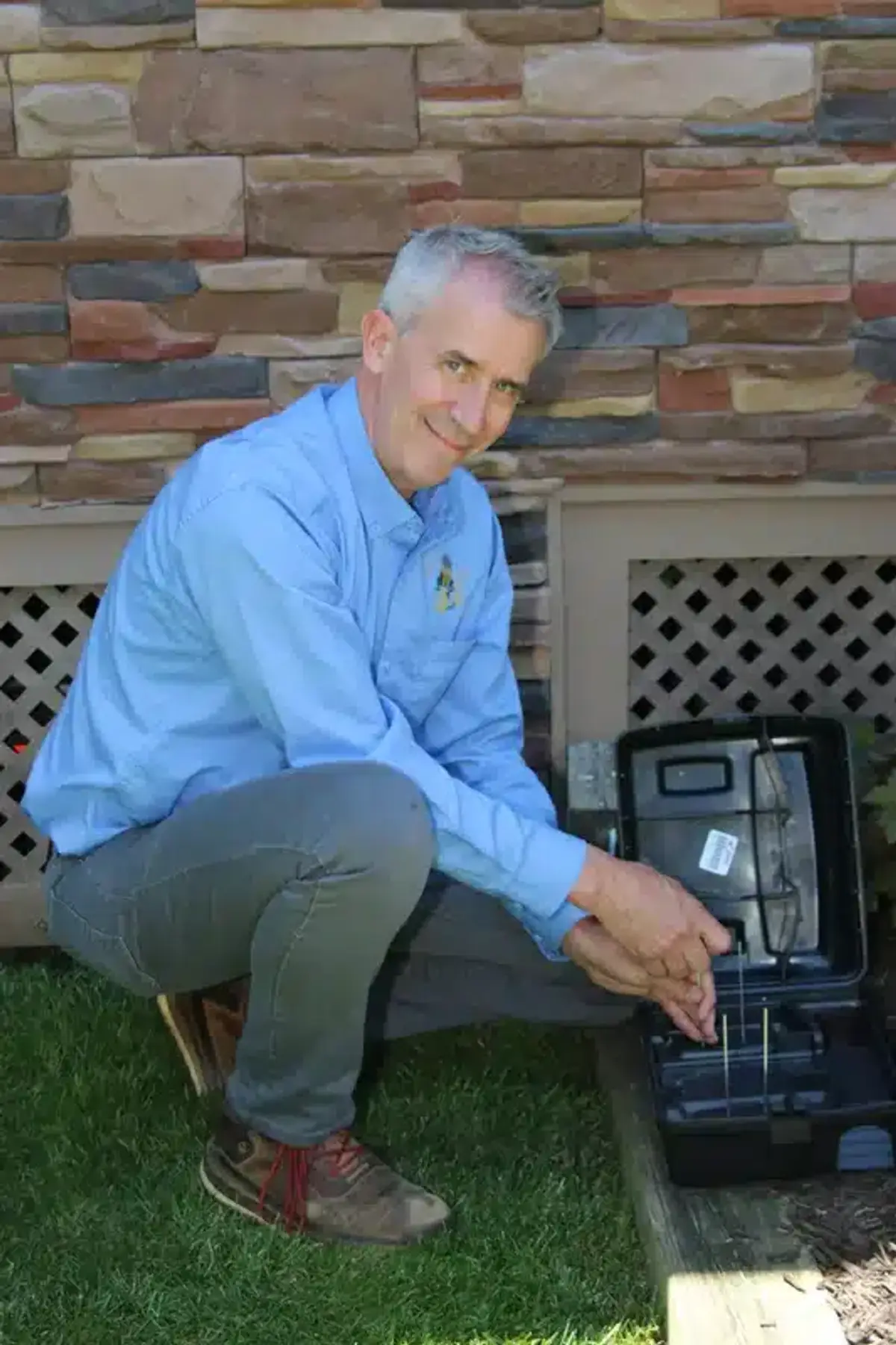
Getting a thorough termite inspection for home purchase is one of the smartest investments you can make as a buyer. It provides peace of mind, protects your financial investment, and gives you valuable negotiating power. Don’t let hidden termite damage become an expensive surprise after you’ve already moved in.
At Better Termite & Pest Control, our licensed technicians have helped hundreds of homebuyers navigate the inspection process successfully. We understand the urgency of real estate timelines and provide detailed reports that meet all lender requirements.
If you’re buying a home in the Virginia, Maryland, or D.C. area and need a professional termite inspection, call us at 703-683-2000 or email us at info@bettertermite.com. Our experienced team will ensure you have all the information needed to make an informed decision about your new home purchase.
Frequently Asked Questions
How long does a termite inspection for home purchase take?
+
Most termite inspections take 1 to 2 hours, depending on the size and complexity of the property. Our technicians examine all accessible areas including crawl spaces, basements, and exterior foundations. Larger homes or properties with multiple structures may require additional time for a thorough inspection.
Can I schedule a termite inspection at the same time as my general home inspection?
+
Yes, and we actually recommend coordinating both inspections. This approach helps preserve your contingency timeline and provides a complete picture of the property's condition. Just make sure both inspectors are aware of the shared scheduling to avoid any conflicts.
What happens if termites are found during the inspection?
+
Finding termites doesn't automatically end your home purchase. You have several options including asking the seller to treat and repair, negotiating a price reduction, or requesting a transferable termite bond. VA loans require the seller to bring the home to "clear" status before closing, while other loan types offer more flexibility.
How much does a termite inspection cost for home buyers?
+
Termite inspection costs typically range from $100 to $300 in the Virginia, Maryland, and D.C. area. In most cases, buyers pay for the initial inspection unless VA loan restrictions apply. If treatment is needed, sellers usually cover those costs as part of the negotiation process.
Do new construction homes need termite inspections?
+
Yes, even new homes should be inspected. New construction can be at risk within three to five years if soil pretreatments were missed or if landscaping creates new termite pathways. Additionally, some lenders require inspections regardless of the home's age, especially in high-termite-activity areas like our region.
How long are termite inspection reports valid?
+
Report validity varies by loan type and lender requirements. VA loans accept reports that are up to 90 days old, while other lenders may require reports that are 30 to 60 days old. Check with your lender about their specific requirements to ensure your inspection timing aligns with your closing date.
What areas can't be inspected during a standard termite inspection?
+
Standard visual inspections are limited to accessible areas. Inspectors cannot examine spaces behind walls, under insulation, or in areas requiring destructive access. Any inaccessible areas must be noted in the report, and lenders may require additional investigation if these limitations are extensive.
Can I use any pest control company for my termite inspection?
+
No, you need to use a properly licensed inspector. Virginia requires Category 8 licensing, Maryland requires state certification through the Department of Agriculture, and D.C. requires pesticide applicator licensing. Make sure your inspector is familiar with the required reporting forms for your state and carries appropriate insurance.
With five years of hands-on experience in the pest control industry, George Schulz is a registered technician with the Virginia Pest Management Association and a proud third-generation professional in a family business that's been protecting homes for over 57 years. He manages and trains a team of service pros while also leading internal research efforts—recently spearheading a deep-dive review of thousands of documents on pest control materials to hand-pick the most kid and pet friendly, most effective solutions tailored specifically for homes in the DC metro area.
